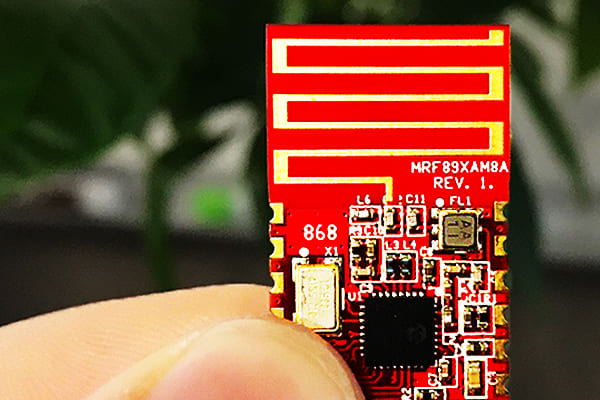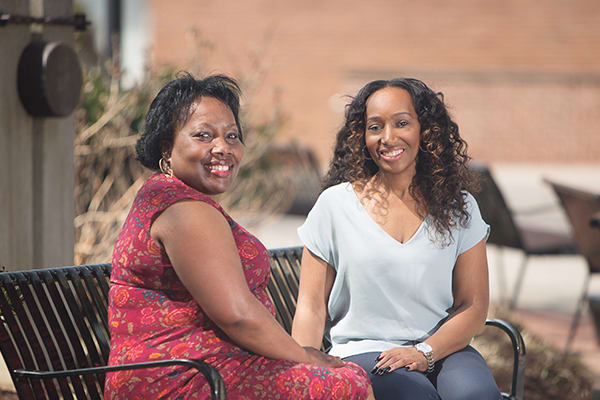The Government of Karnataka recently conferred the prestigious Rajyotsava Award on Pandit Rajprabhu Dhotre of Belagavi for his invaluable contribution to Hindustani Shastriya Sangeet. A tax practitioner by profession, this 62-year-old still wakes up every morning at four to practise music for two hours. His friends Babu, Satish and Naman join practice along with him on holidays, as do his son Pawankumar and wife Pushpalata. We spoke to the award recipient after the announcement, about his illustrious journey and what he wishes would change today. Excerpts...
First of all, what does it feel like being the recipient of the Rajyotsava Award?
I am very happy that the work that I have been doing for several decades has been recognized. This award has encouraged me and other musicians to reach greater heights in the music world.
How and when did music enter your life?
I belong to a family of musicians. My grandfather played the pakhwaz and my uncle was an expert harmonium player. Both my parents were good singers. They used to sing bhajans for hours at temples in Shahapur, which is where I am from. They also toured to Pandharpur at least twice a year. So, music has been an intrinsic part of me since childhood.
How did you move to Hindustani Shashtriya Sangeet?
I used to sing bhajans as a child, but when I was 10 years old, I became a disciple of legendary musician BB Kadalaskar Buva. I started learning Shastriya Sangeet from him and later appeared for, and passed, the Visharad examination at Akhil Bharatiya Gandharva Mahavidyalaya. I also secured first rank at the Sangeet Vidwat examination.
You sing Shashtriya Sangeet in Kannada and Marathi...
Since Belagavi is multi-lingual city, I sing in Kannada, Marathi and Hindi. I have performed Vachan Gayan, Sugam Sangeet, Marathi Natyageet, Kannada Rangeete and Hindi bhajans. Thus, I have been invited for various events in Karnataka, Maharashtra, Goa, Tamil Nadu, Gujrat, Andhra Pradesh and Delhi. This also propelled me to become a grade A singer in Akashwani, Dharwad, and in Doordarshan.
What is the one big difference between Hindustani Shashtriya Sangeet and modern-day music?
A lot of patience and dedication is required to learn Shastriya Sangeet. One has to practice every day for a few hours for at least 10-15 years to start enjoying it. But the present generation, as well their parents, want quick results and seek to learn everything in a short span of time. It is unfortunate that the present generation has no interest in learning Shastriya Sangeet.
What changes would you like to see in the present education system?
All schools should have a music department, so that if a child is interested in music, he/she can get a chance to explore his/her talent. The government should begin a Department of Music at Rani Channamma University as well, where students can learn singing and playing different music instruments.
— Sunil Patil
First of all, what does it feel like being the recipient of the Rajyotsava Award?
I am very happy that the work that I have been doing for several decades has been recognized. This award has encouraged me and other musicians to reach greater heights in the music world.
How and when did music enter your life?
I belong to a family of musicians. My grandfather played the pakhwaz and my uncle was an expert harmonium player. Both my parents were good singers. They used to sing bhajans for hours at temples in Shahapur, which is where I am from. They also toured to Pandharpur at least twice a year. So, music has been an intrinsic part of me since childhood.
How did you move to Hindustani Shashtriya Sangeet?
I used to sing bhajans as a child, but when I was 10 years old, I became a disciple of legendary musician BB Kadalaskar Buva. I started learning Shastriya Sangeet from him and later appeared for, and passed, the Visharad examination at Akhil Bharatiya Gandharva Mahavidyalaya. I also secured first rank at the Sangeet Vidwat examination.
You sing Shashtriya Sangeet in Kannada and Marathi...
Since Belagavi is multi-lingual city, I sing in Kannada, Marathi and Hindi. I have performed Vachan Gayan, Sugam Sangeet, Marathi Natyageet, Kannada Rangeete and Hindi bhajans. Thus, I have been invited for various events in Karnataka, Maharashtra, Goa, Tamil Nadu, Gujrat, Andhra Pradesh and Delhi. This also propelled me to become a grade A singer in Akashwani, Dharwad, and in Doordarshan.
What is the one big difference between Hindustani Shashtriya Sangeet and modern-day music?
A lot of patience and dedication is required to learn Shastriya Sangeet. One has to practice every day for a few hours for at least 10-15 years to start enjoying it. But the present generation, as well their parents, want quick results and seek to learn everything in a short span of time. It is unfortunate that the present generation has no interest in learning Shastriya Sangeet.
What changes would you like to see in the present education system?
All schools should have a music department, so that if a child is interested in music, he/she can get a chance to explore his/her talent. The government should begin a Department of Music at Rani Channamma University as well, where students can learn singing and playing different music instruments.
— Sunil Patil
Get latest news & live updates on the go on your pc with News App. Download The Times of India news app for your device.
















